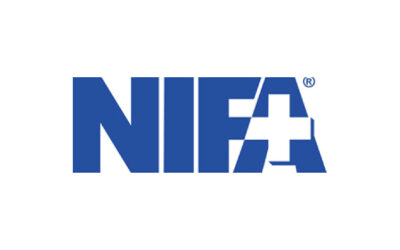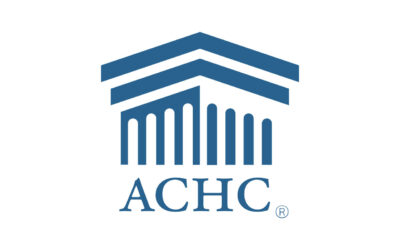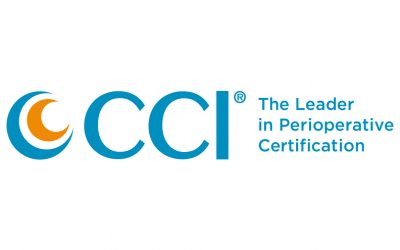
By Samantha Hendrickson and James X. Stobinski
This month we would like to comment on the demographic makeup of perioperative nursing. It may come as a surprise, but the total number of perioperative nurses is not known with any certainty. The information we do have is fragmented and incomplete. It is the nature of voluntary credentials, such as those administered by the Competency and Credentialing Institute (CCI), that there is little connection to licensing and regulatory bodies. It is easier to gather data on roles where credentials are required for employment such as a nurse anesthetist. However, with voluntary credentials there is no consistency among the state boards of nursing in gathering data on nursing specialties such as perioperative or perianesthesia nursing.
At CCI, we have frequent contact with large numbers of perioperative nurses, but these are nurses who are professionally engaged and desire to earn one of our credentials. For those nurses who do not elect to become certified we have little to no information. We have some anecdotal data from the contact we do have that large numbers of perioperative nurses are now leaving the profession. This exodus of seasoned perioperative nurses has been rumored for some time. The record numbers electing emeritus status for their CCI credentials is one indicator that this forecast is now being realized.
With the knowledge that large numbers of perioperative nurses are retiring coupled with a desire to better know our current and future certificants, CCI is gathering data on several fronts. In collaboration with our testing vendor, PSI, we are gathering more information from our test takers in voluntary post-exam surveys. We now have information for the first half of 2021 with nearly 2,000 respondents among CNOR test takers and we were pleasantly surprised with some of the data.
We found that 54% of the 2021 CNOR test takers have 2-5 years’ experience as a perioperative nurse. In addition, 74% have baccalaureate level education and 84% have a baccalaureate level or higher education. The largest age block represented are the 25 to 34-year-old nurses who make up 38% of the CNOR test takers this year. We also now have some information on the race and ethnicity of our test takers. The three largest groups being those who identify as white (59%), Asian (19%) and African American/Black (6.2%).
To reach all the diversity of perioperative nurses, the CCI Board of Directors is considering a diversity equity and inclusion initiative concentrating on those facilities which are under-resourced in relation to support for certification. If this initiative is adopted by the CCI Board of Directors, you can expect to hear more in the fourth quarter of 2021. It is likely that the facilities lacking resources may be concentrated in rural areas which have been hard hit during the pandemic. It is also possible that these rural facilities have a different demographic makeup than our current pool of certificants. The tentative plan is to use the assets of the new CFPN credential and our perioperative preceptor job analysis findings to reach a greater diversity of perioperative nurses.
This work is part of a larger effort to learn more about the perioperative nursing community to better serve these nurses. As background, CCI is a non-profit, mission driven organization. Our vision is to be part of a growing community of lifelong learners for whom CCI is a catalyst and integral partner. To be an effective partner and to best serve all perioperative nurses we need more accurate information for the community. The DEI initiative and future research will help inform our efforts as we seek to best serve all perioperative nurses.
Samantha Hendrickson, AA, AS, is a credentialing coordinator at the Competency and Credentialing Institute. James X. Stobinski, Ph.D., RN, CNOR, CNAMB, CSSM(E), is the CEO of the Competency and Credentialing Institute.









